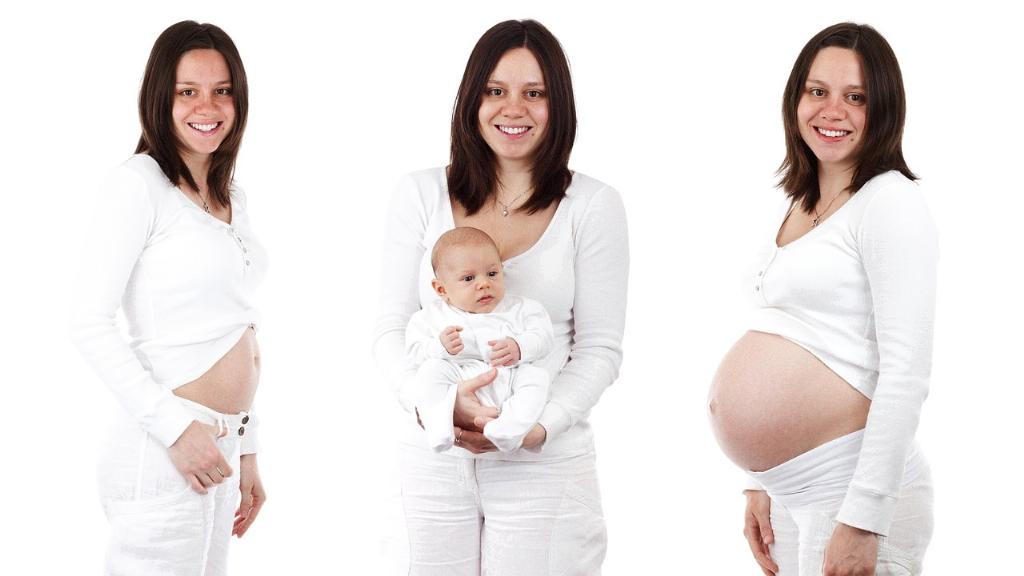Let’s delve into the intricacies of interpreting pregnancy test results, specifically focusing on scenarios where the second line on the test appears lighter than expected. It’s crucial to remember that any presence of a second line, regardless of its intensity, typically indicates a positive result in most pregnancy tests.
Faint Second Line: Potential Causes
If you encounter a situation where the second line on your pregnancy test appears lighter than previous tests, several factors could contribute to this phenomenon. One common explanation is the concentration of human chorionic gonadotropin (hCG) hormone in your urine sample.
Urine Dilution and Test Sensitivity
It’s important to consider the dilution of your urine sample when interpreting pregnancy test results. A lighter second line might indicate that your urine was more diluted at the time of the test, potentially affecting the test’s sensitivity in detecting hCG levels.
Timing and hCG Levels
The timing of your pregnancy test can also influence the visibility of the second line. hCG levels in your body fluctuate during early pregnancy, and depending on when you take the test, the concentration of hCG in your urine can vary, leading to variations in line intensity.
Individual Variation in hCG Secretion
Each woman’s body produces and releases hCG at a different rate, which means that the intensity of the second line on a pregnancy test may vary from person to person. Factors such as individual metabolism and hormone levels can contribute to these differences.
Multiple Testing and Line Intensity
Repeated testing with pregnancy kits can also contribute to variations in line intensity. Different brands and batches of pregnancy tests may have varying sensitivities and thresholds for detecting hCG levels, leading to differences in line appearance.
Consulting a Healthcare Provider
If you have concerns about the results of your pregnancy test or the intensity of the second line, it’s advisable to seek guidance from a healthcare provider. They can offer professional insight, conduct further tests if necessary, and provide personalized advice based on your individual circumstances.
Emotional Impact of Test Results
It’s essential to acknowledge the emotional weight that pregnancy test results can carry. Whether the second line is faint or dark, the process of interpreting these results can evoke a range of emotions, including excitement, anxiety, and uncertainty.
Support and Communication
During moments of uncertainty regarding pregnancy test results, it’s valuable to reach out to a supportive network of family and friends. Open communication about your feelings and concerns can alleviate stress and provide you with the emotional support you need during this time.
Confirmatory Tests and Follow-Up
If you encounter a situation where the second line on your pregnancy test is faint or unclear, consider conducting additional tests for confirmation. Follow-up tests, such as a blood test or ultrasound, can offer more precise insights into your pregnancy status and alleviate any lingering doubts.
Conclusion: Trusting the Process
In conclusion, interpreting pregnancy test results, especially when the second line appears lighter, requires a nuanced understanding of various factors that can influence line intensity. Trust in the process, seek professional guidance when needed, and remember that each pregnancy journey is unique and deserves individualized care and attention.

